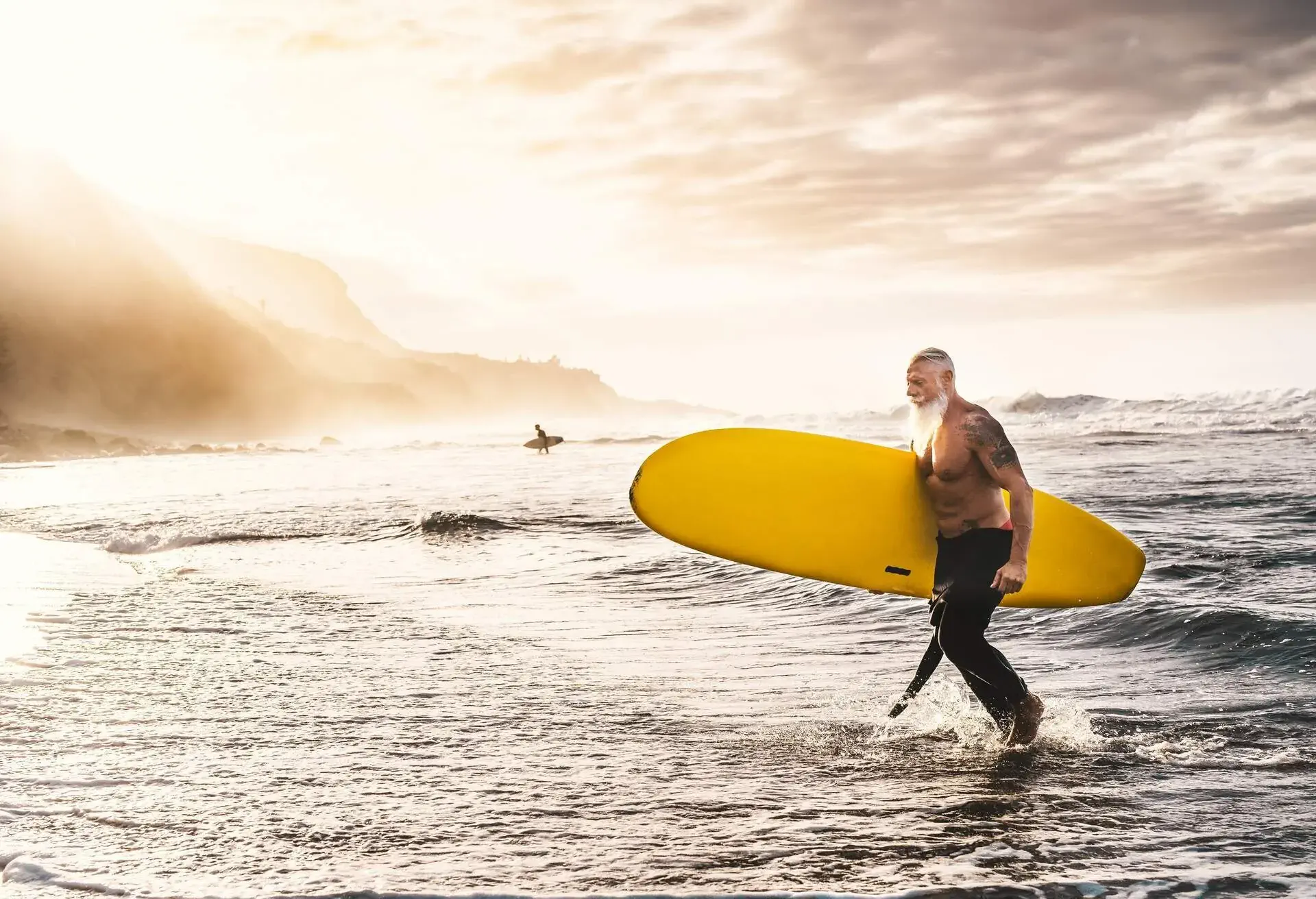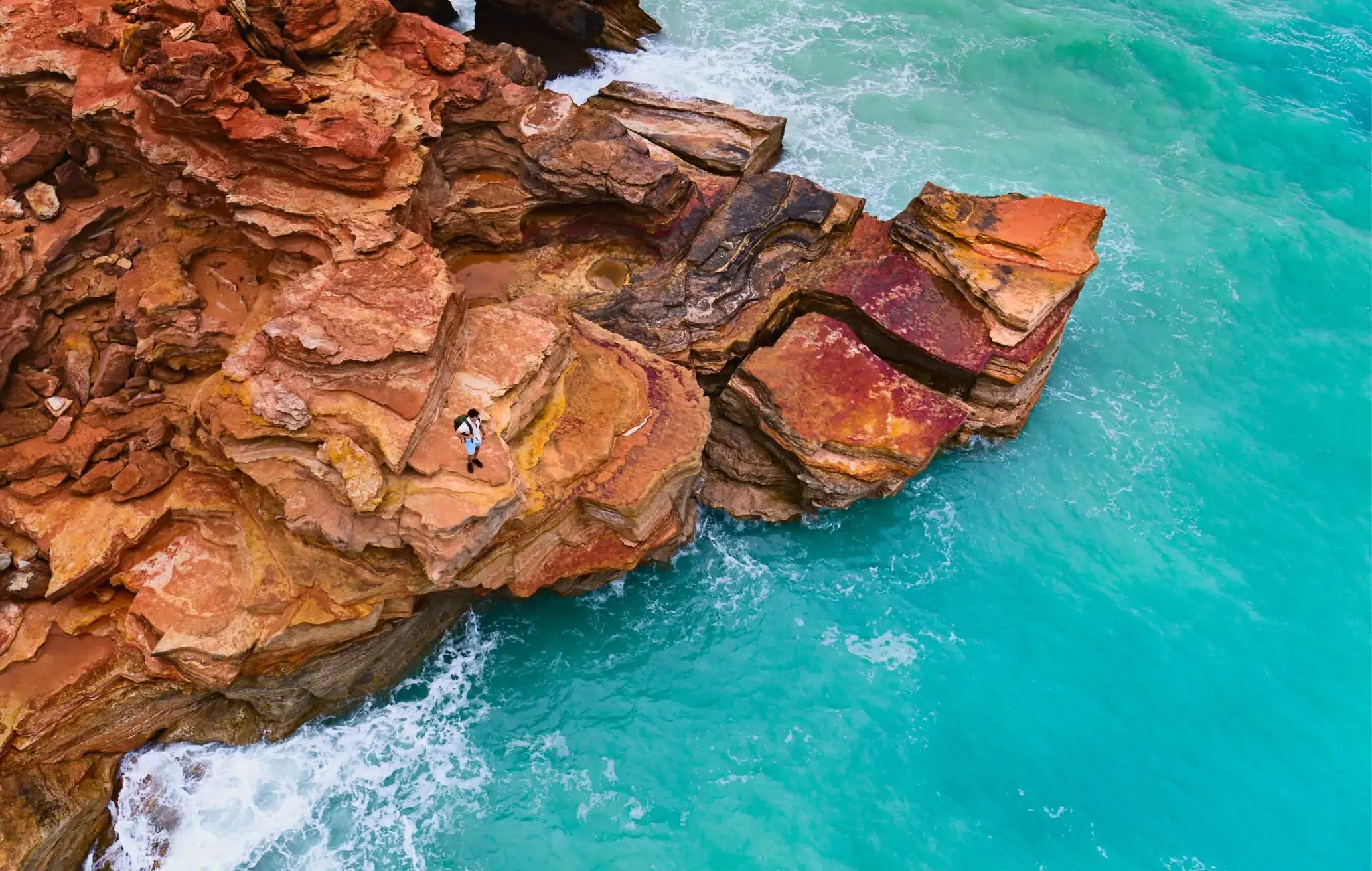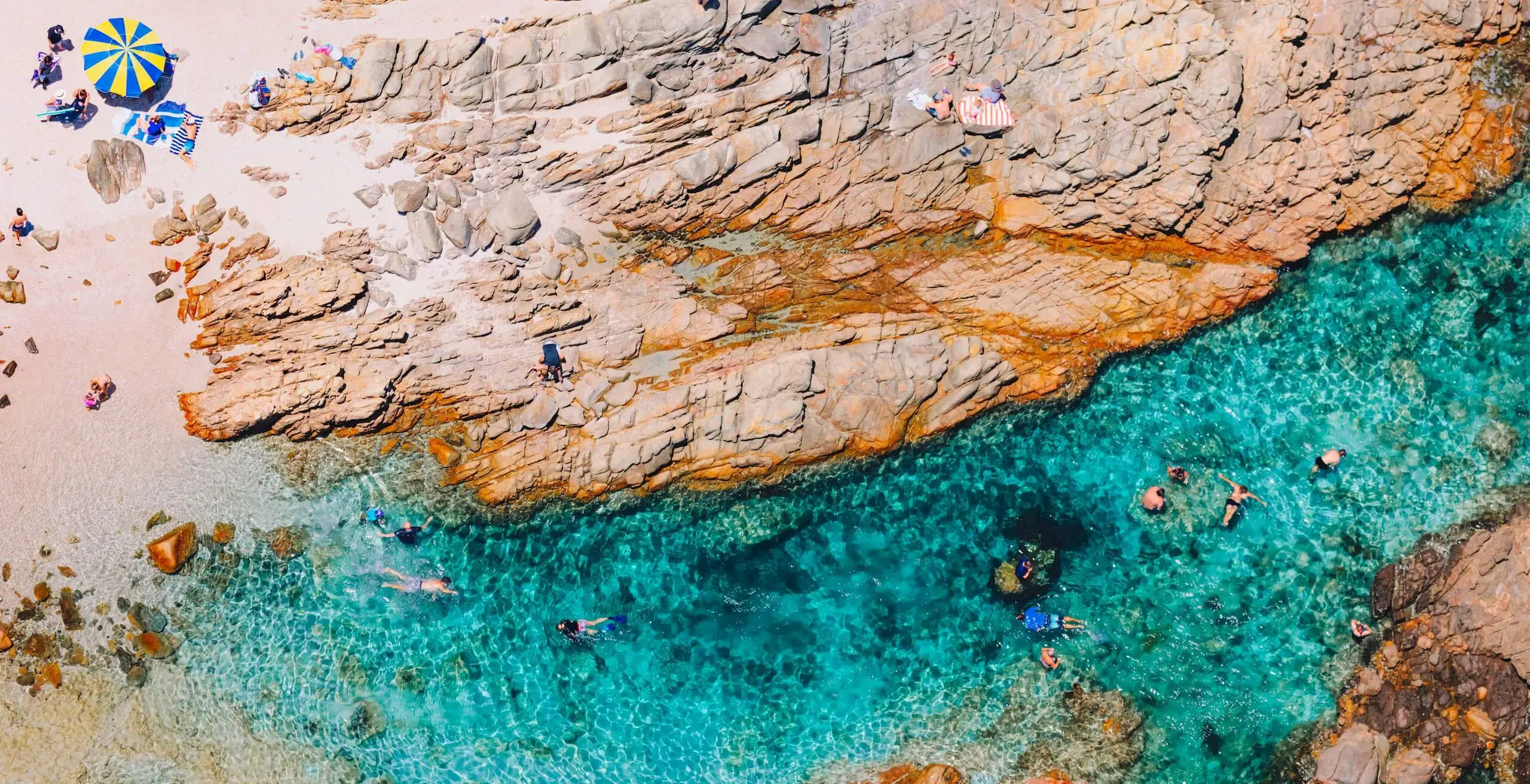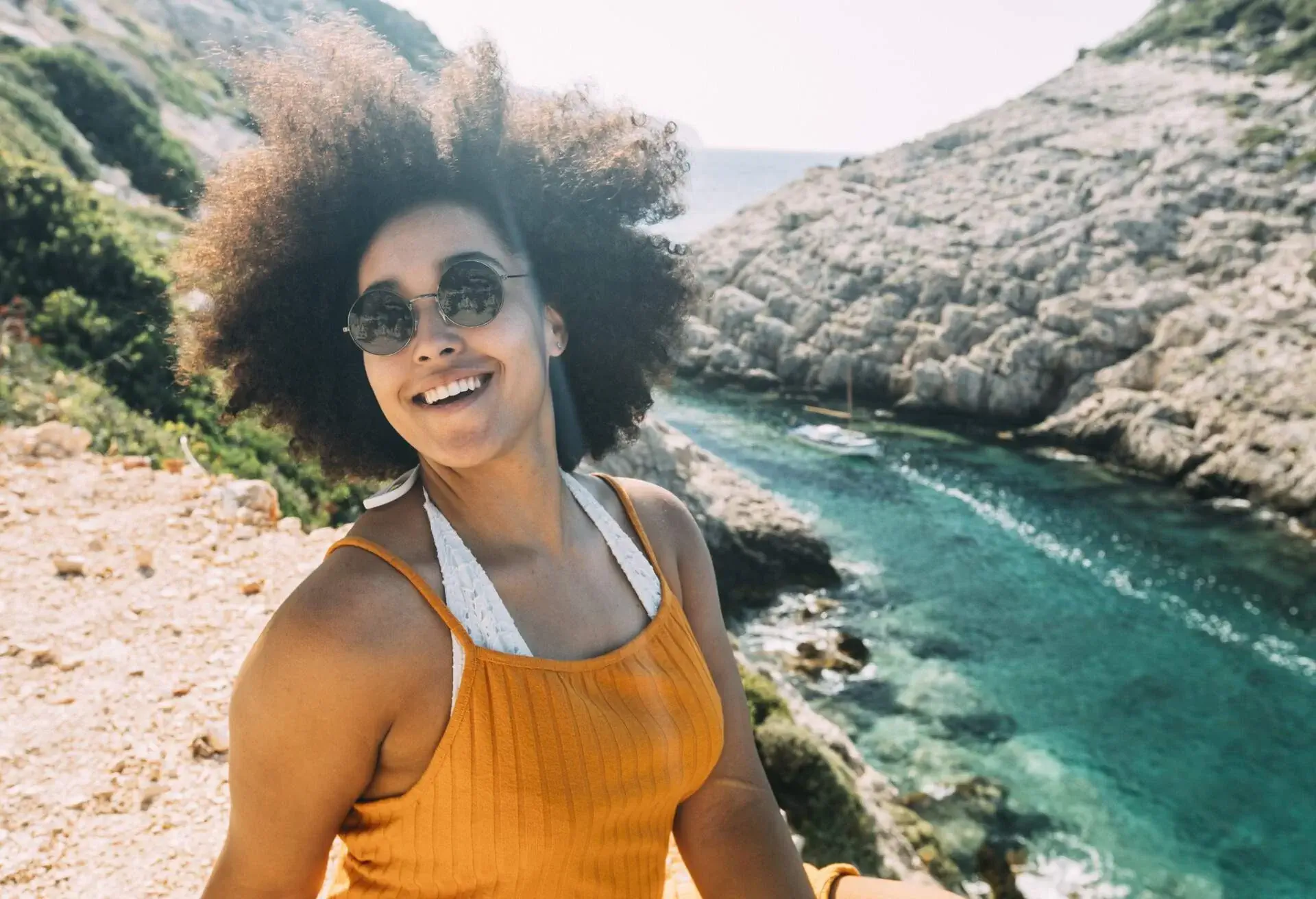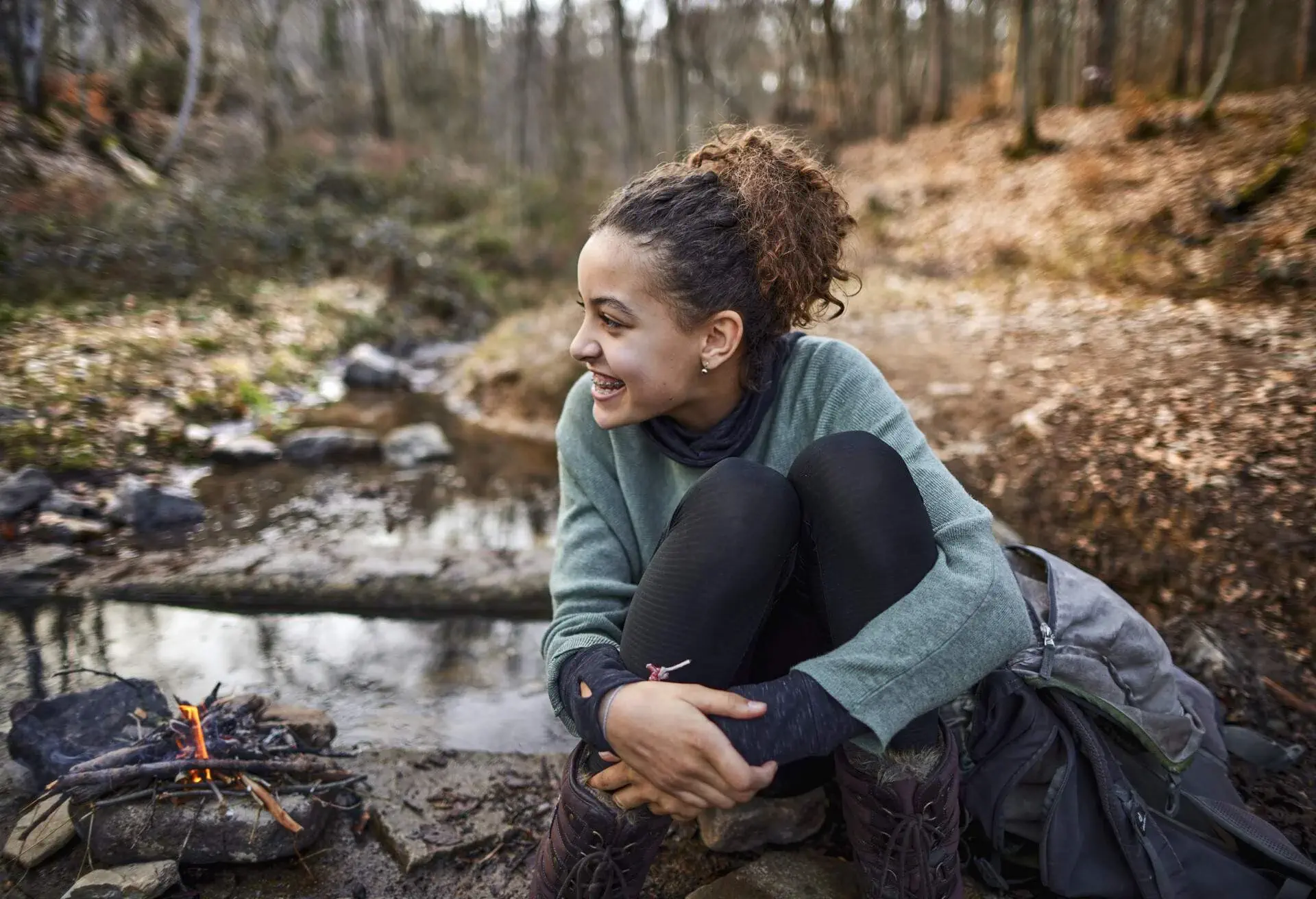With more than 10,000 beaches throughout the country and killer waves breaking on almost all of them, it’s no wonder that surfing in Australia is considered a way of life for many locals, whether you’re in the warmer waters of the east coast or paddling into the cold south coast sea. Australia is second only to the USA in the world’s largest population of surfers, and the Gold Coast in Queensland is home to more surfers per capita than any other place in the world. So if you’re looking to catch a few waves in Australia, check out these top tips.
What to know before surfing in Australia
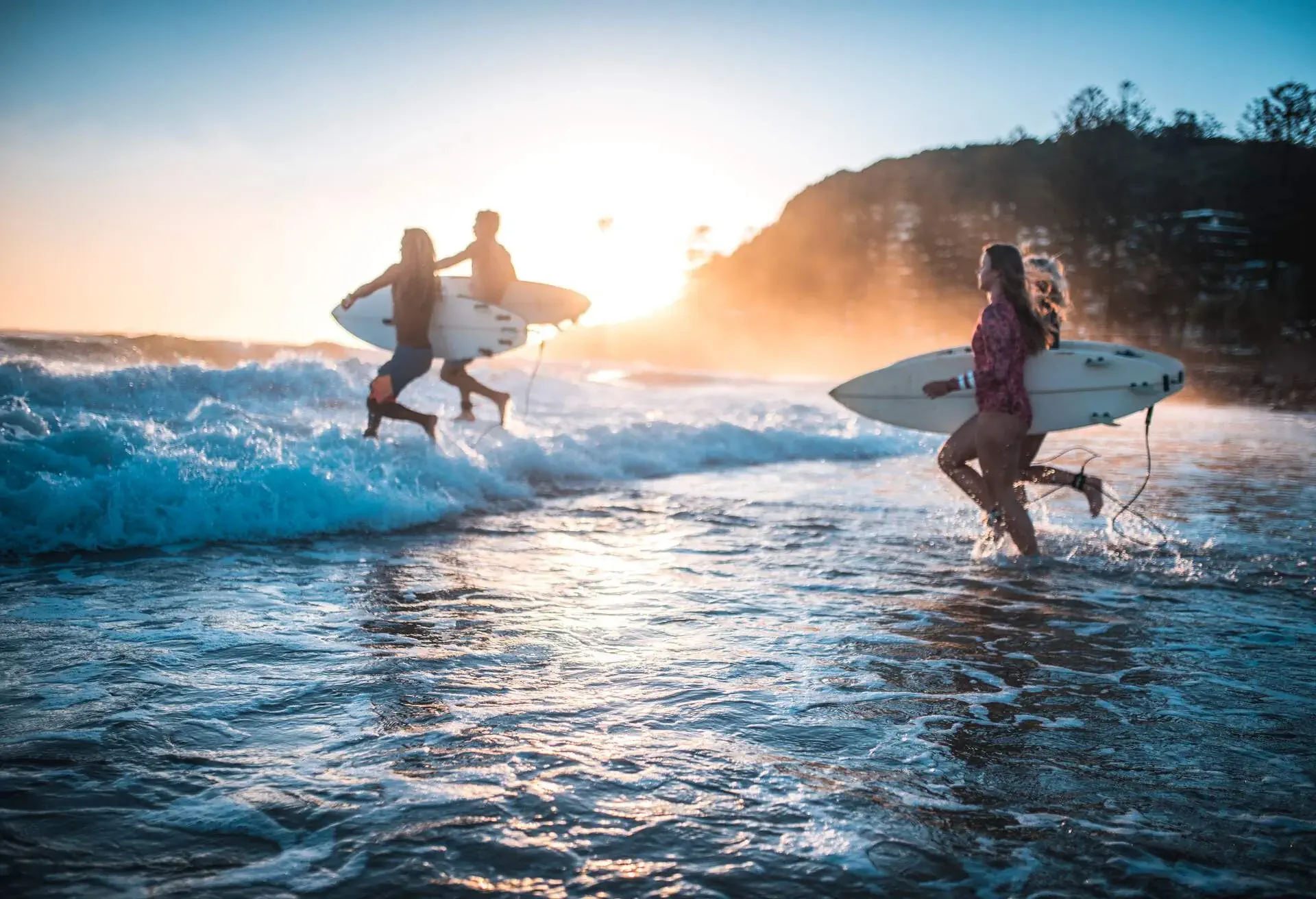
Being a surfer means being constantly on the hunt for the most incredible waves with few people around, which inevitably means going at it alone and forging your own path. With thousands of beaches in Australia, it’s possible to do this, but it’s essential to look after your safety.
Know your limits
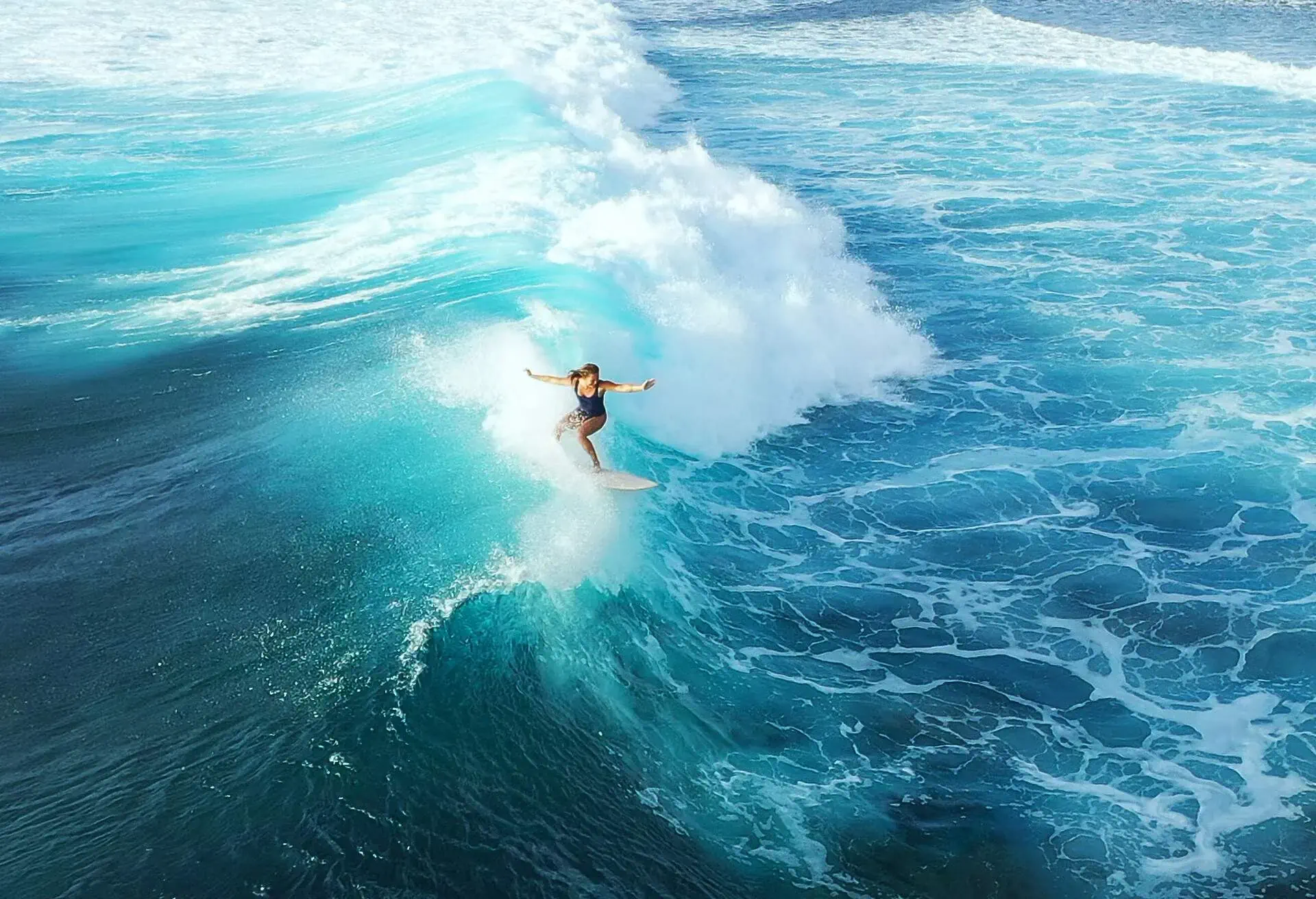
If you’re new to the sport, be brave, but don’t be reckless. There is a reason people learn on smaller waves and stick to the known path where many beginners surf together. Many Australian surfers have been doing it their whole lives and know how unpredictable the Australian surf can be. Stay within your limits.
Learn about currents and rips
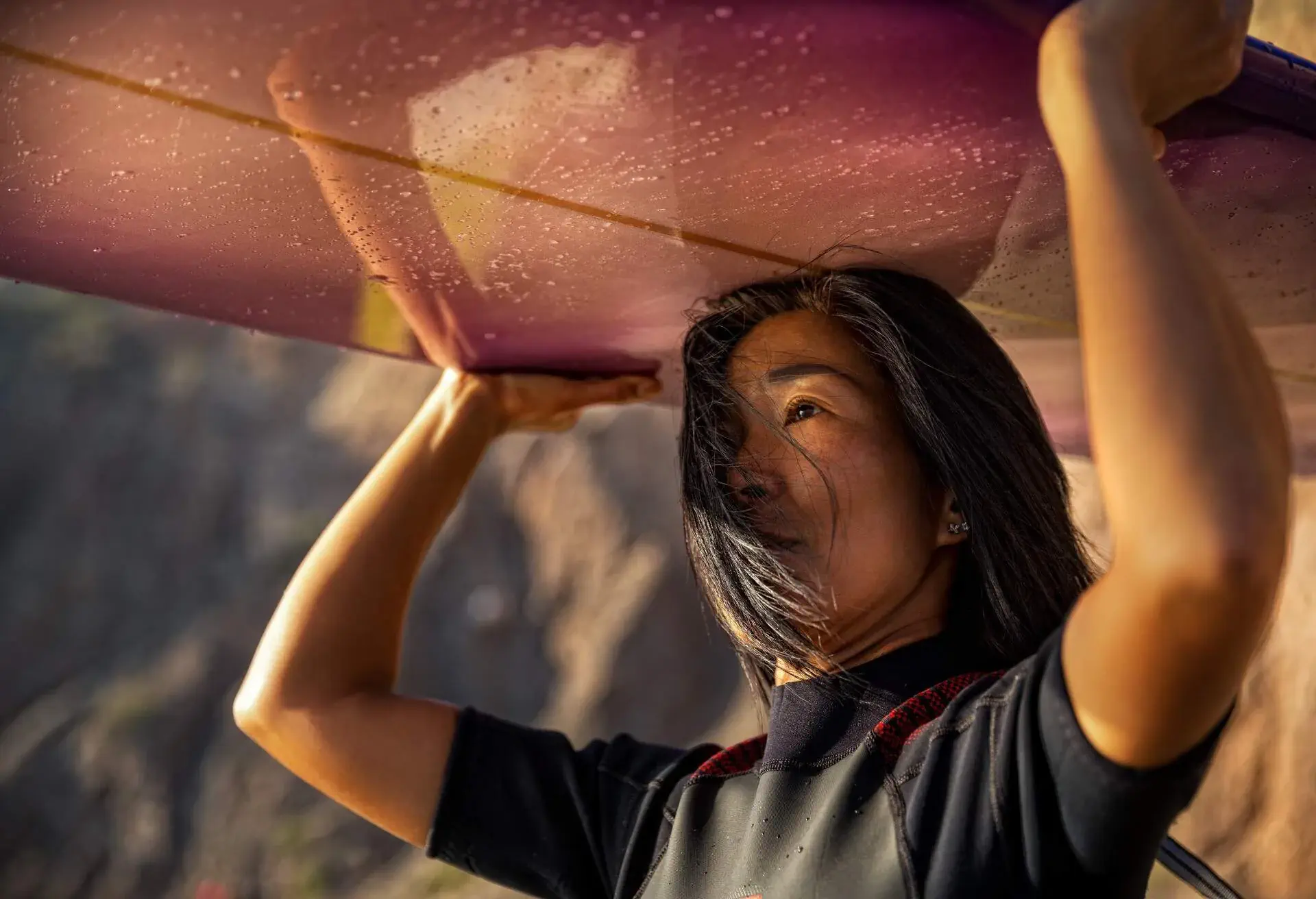
Whatever beach you end up at, do a little homework before jumping into the swells. Make sure you understand what the current is doing and ask the locals for tips before getting into the water.
Be aware of surf etiquette
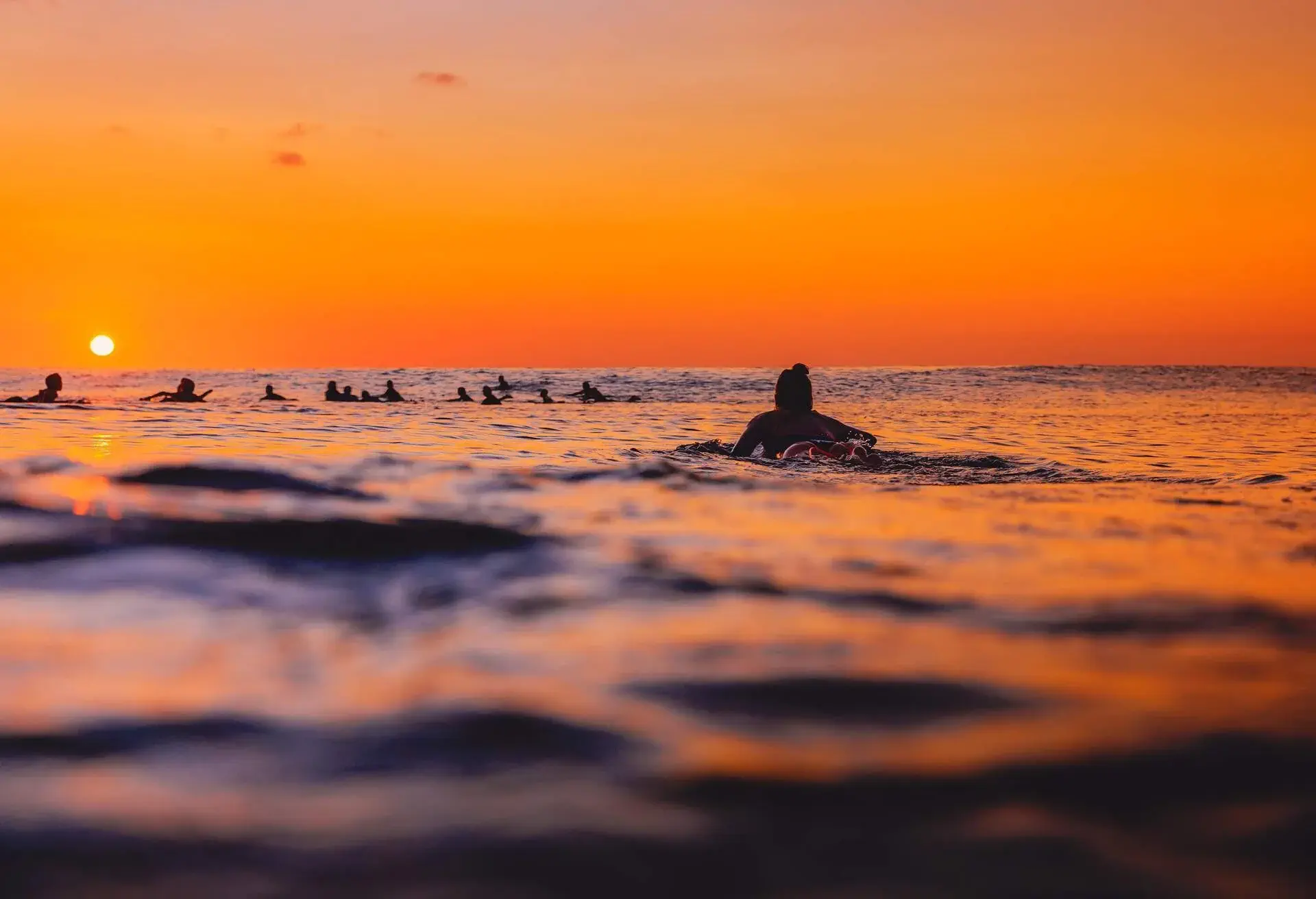
Surf etiquette is almost as important as knowing your limits. Make sure you know the rules when surfing with other surfers. There will be a hierarchy you’ll have to obey. Don’t steal waves from other surfers, give way to the surfer nearest the peak of the wave, don’t drop in on other surfers, and ALWAYS paddle in behind someone surfing a wave.
Always ask for help
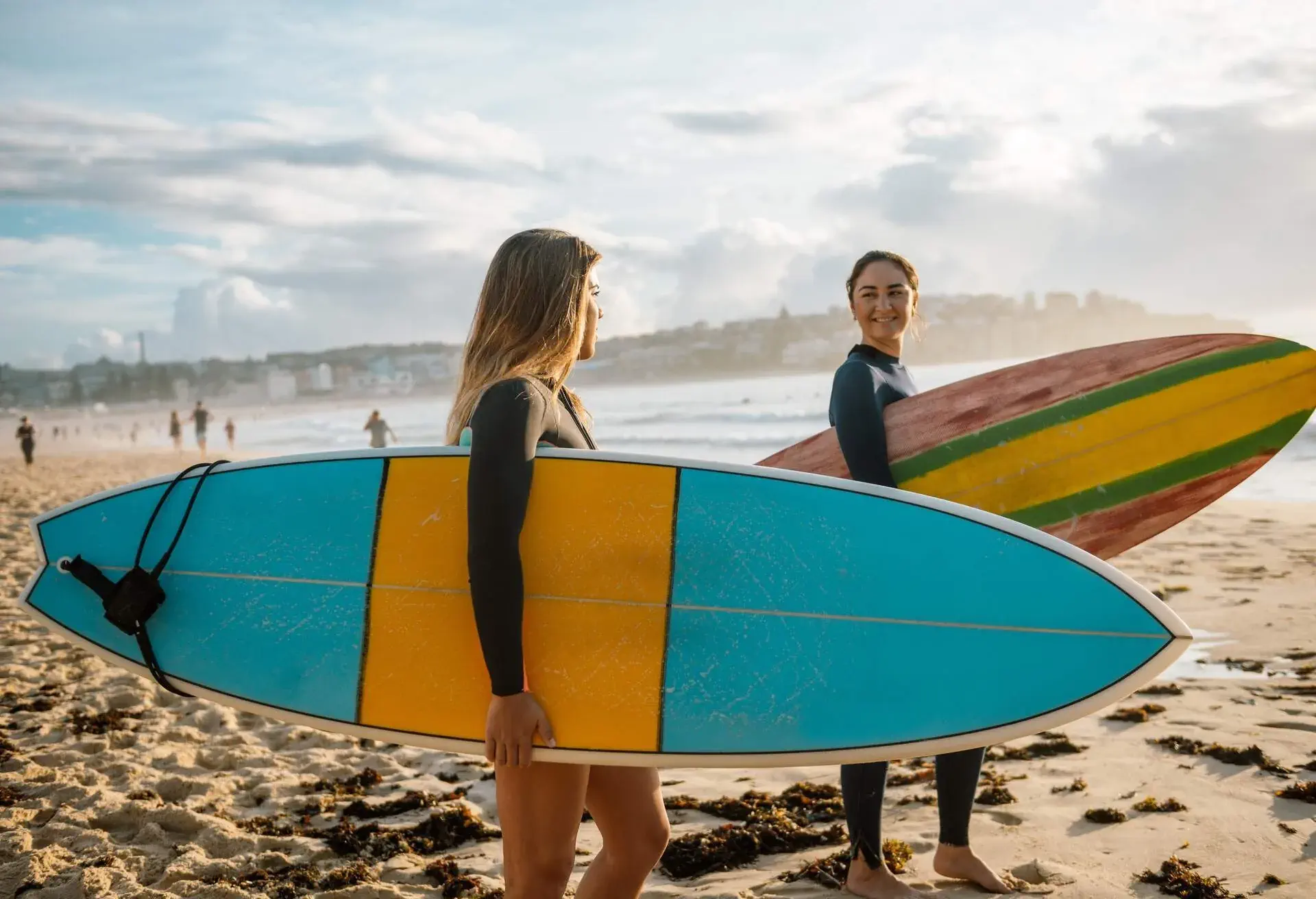
As I mentioned, Australian surfers have most likely been surfing in Australia their whole lives, so they will know more than you do. However, the community is accommodating, so don’t be afraid to ask the locals for help, especially if you’re new to the scene. Learning how things work from the locals is one of the best ways to keep yourself safe.
Different seasons for surfing in Australia
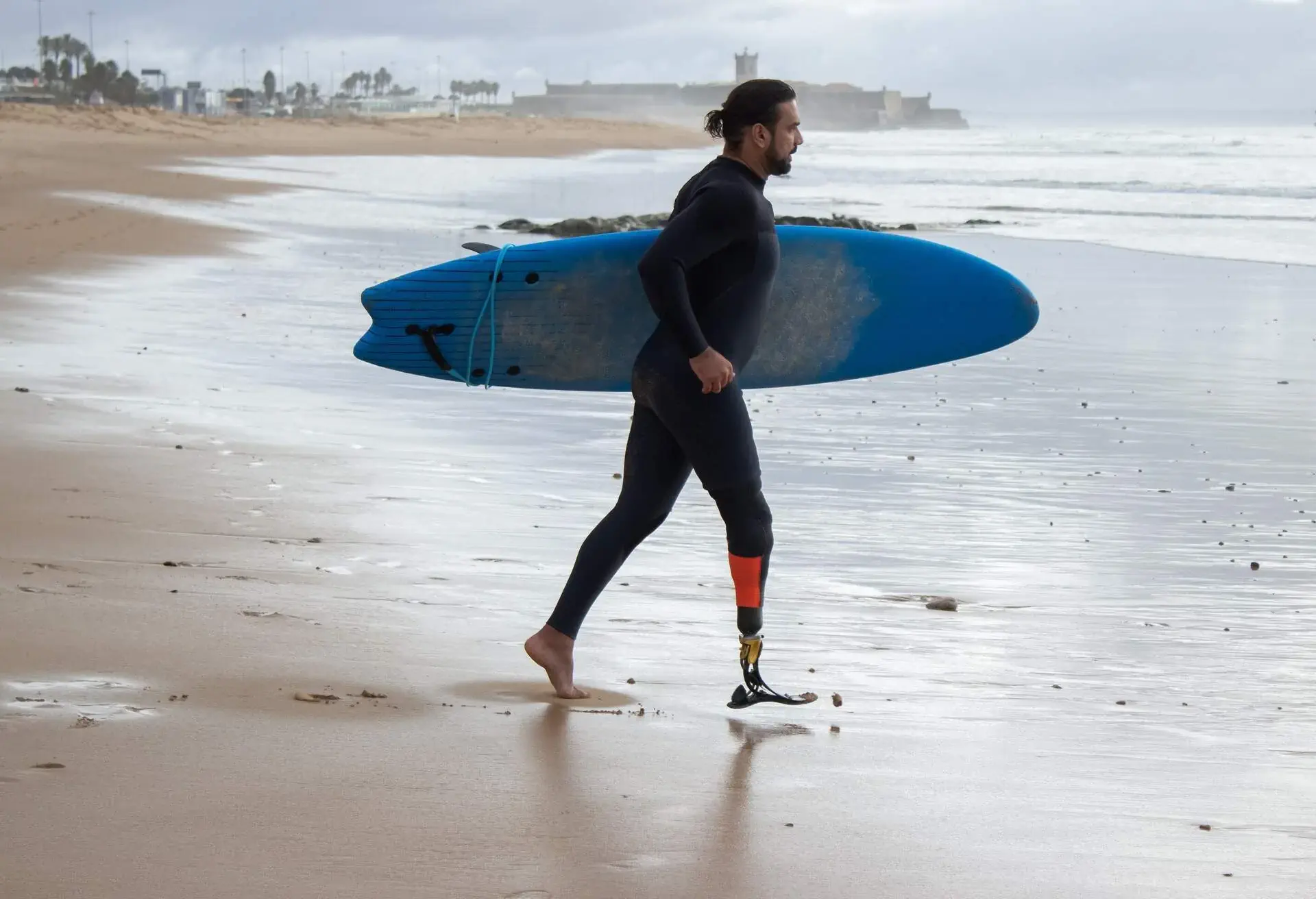
When it comes to the best seasons to go surfing in Australia, you’ll be glad to know there are benefits to catching waves throughout the year. December to February are the summer months, which are usually hot and humid but also inconsistent. Summer is the peak tourist season, especially for surfers hoping cyclones will come along and throw out some of the most epic waves lasting over a week. However, between March and May, autumn is often one of the best times to go surfing because the weather is milder, the beaches are less packed with tourists, the swells are in full swing and the water is at its warmest.
If you’re looking for the more consistent Australian surf in the country, winter is usually the best time to go. The water is a little colder during these months, but there are much fewer tourists and the swells are more reliable. If there is a time not to go, it’d be spring. The weather and swells are the most inconsistent during spring and the water can be uncomfortably cold, but there will still be waves to pick up wherever you go.
Top surfing destinations in Australia
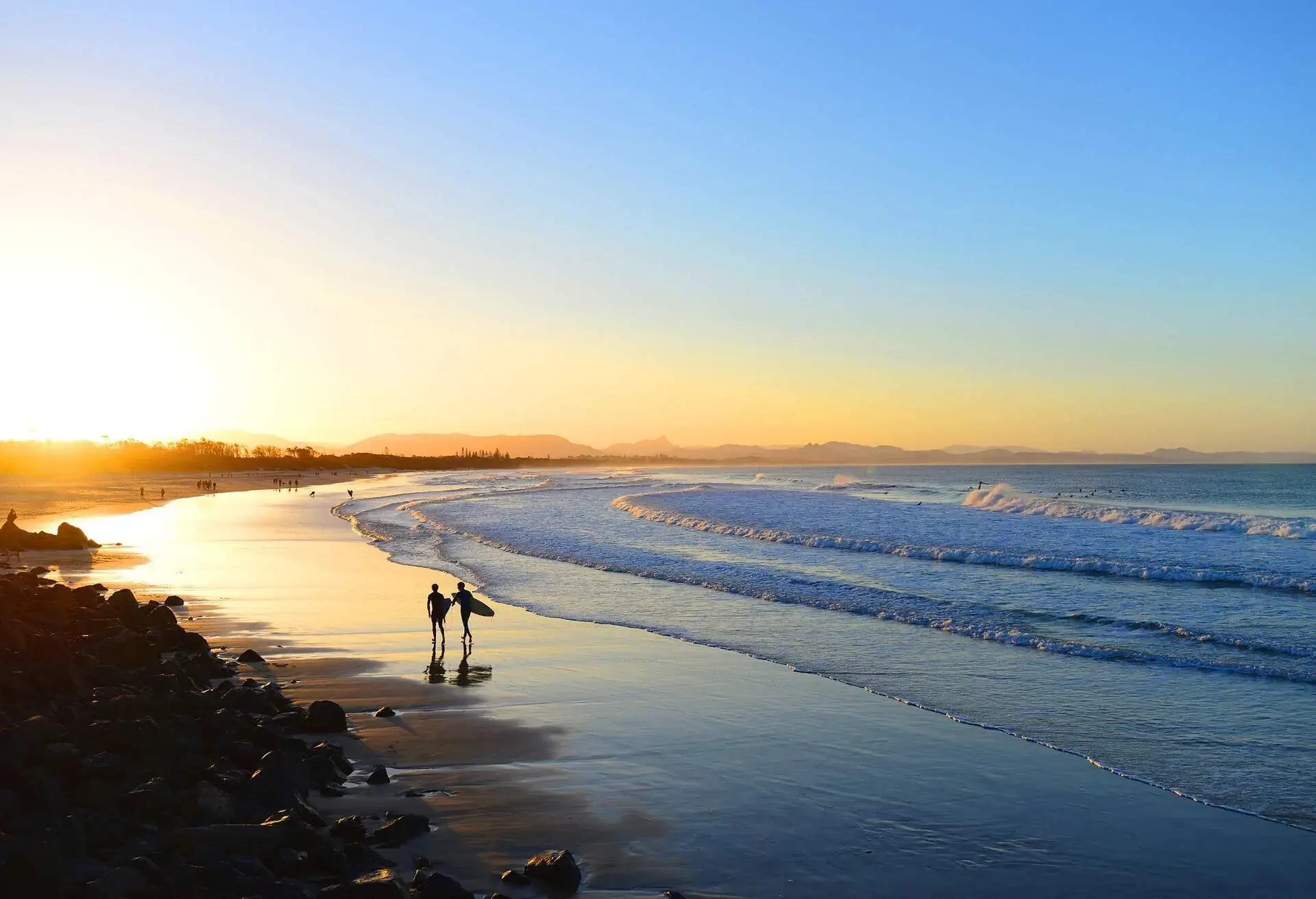
If you’re in Australia for surfing destinations, the east coast of Australia is one of the most sought-after sections. There are few surfing destinations on the north coast, largely due to the plethora of coral reefs, jellyfish and the odd saltwater crocodile. In addition, the east coast is home to areas like Queensland and New South Wales, while the south coast is where you’ll find The Great Ocean Road.
The Gold Coast, Queensland
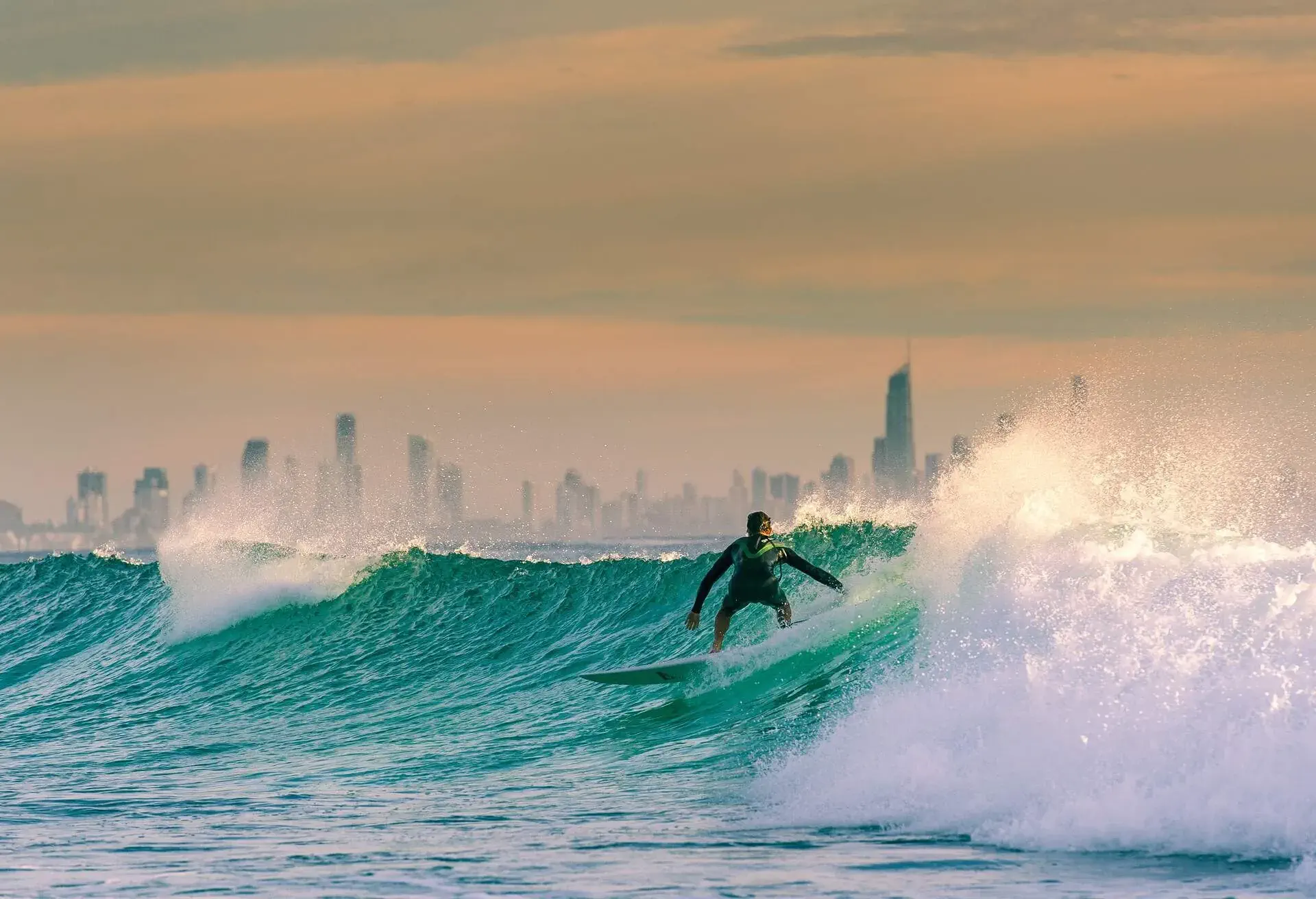
One thing that makes the Gold Coast so special is the lovely year-round conditions that offer consistent surf, warm waters, well-patrolled beaches and some of the best point breaks ever. There are more than 50 km worth of beaches along the Gold Coast in Queensland, so it’s unlikely you’ll ever not catch a wave, though you may have to drag out your longboard every now and then and ride the one-footers. If you’re an advanced-level surfer, it’s all about the point breaks, but because of the crowds, it’s unlikely that beginners will get a chance to try these waves. Beginners among you will want to stick to the beach breaks.
South Stradbroke Island, by the Southport Seaway, is a popular beach break that offers consistent banks and hollowed-out waves that are sublime to surf. Duranbah is another top choice, straddling the border between the Gold Coast and New South Wales. This beach plays host to numerous regional surfing contests and is an absolute playground for surfers. These two beaches face a different direction, so they have good swells when the rest of the coast doesn’t, but there are a couple of other beach breaks worth checking out, including Main Beach, The Spit, Palm Beach, Tugan, Mermaid Beach and Narrowneck.
Sunshine Coast, Queensland
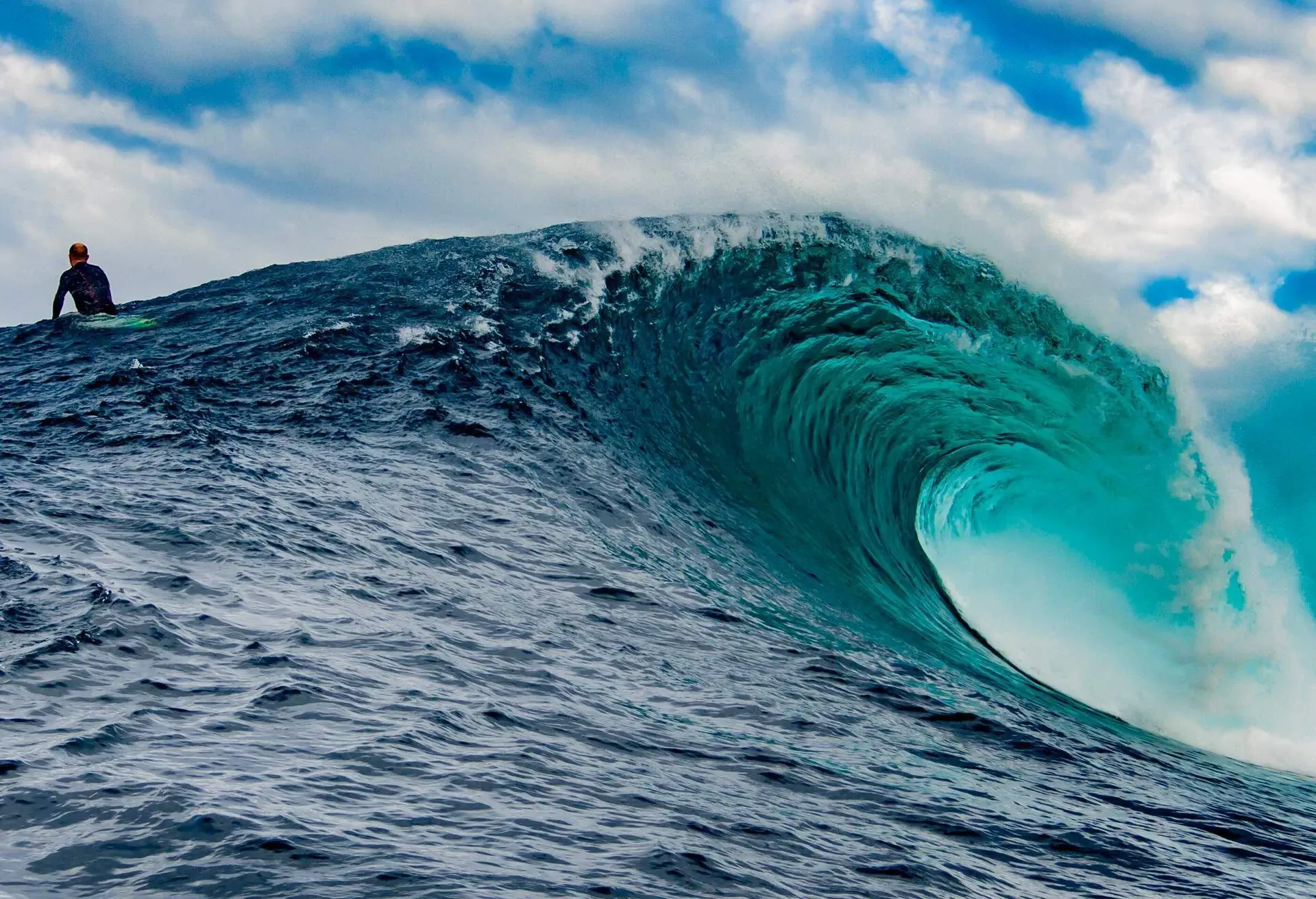
The Sunshine Coast is further north than the Gold Coast and the last point of contact for surfers right before hitting the vast expanse of the Great Barrier Reef. This coast is home to legendary surf spots throwing out swells across more than 40 km of beaches along the eastern shoreline of Australia. One of the best surfing spots along the Sunshine Coast is a surfing mecca in all of Australia, named Noosa. It offers up some of the most spectacular right-hand point breaks when typhoon swells sweep down through Noosa National Park from the Coral Sea. These are some of the country’s most enjoyable and ripping waves, though not too challenging for surfers of any level. Beginners will want to get a little practice in before hitting Noosa.
If you’re going surfing during the winter, join all the other surfers making their way from Noosa to Sunshine Beach, which offers the opposite swell to the heads and provides incredibly consistent beach breaks, which are 5- to 9-footers on average. In addition, several other beaches along the coast worth checking out for all levels of surfing include Caloundra on the southerly end, Mooloolaba (an ideal spot for families), Mudjimba Island and Marcoola Beach, Point Perry and Coolum Beach.
New South Wales
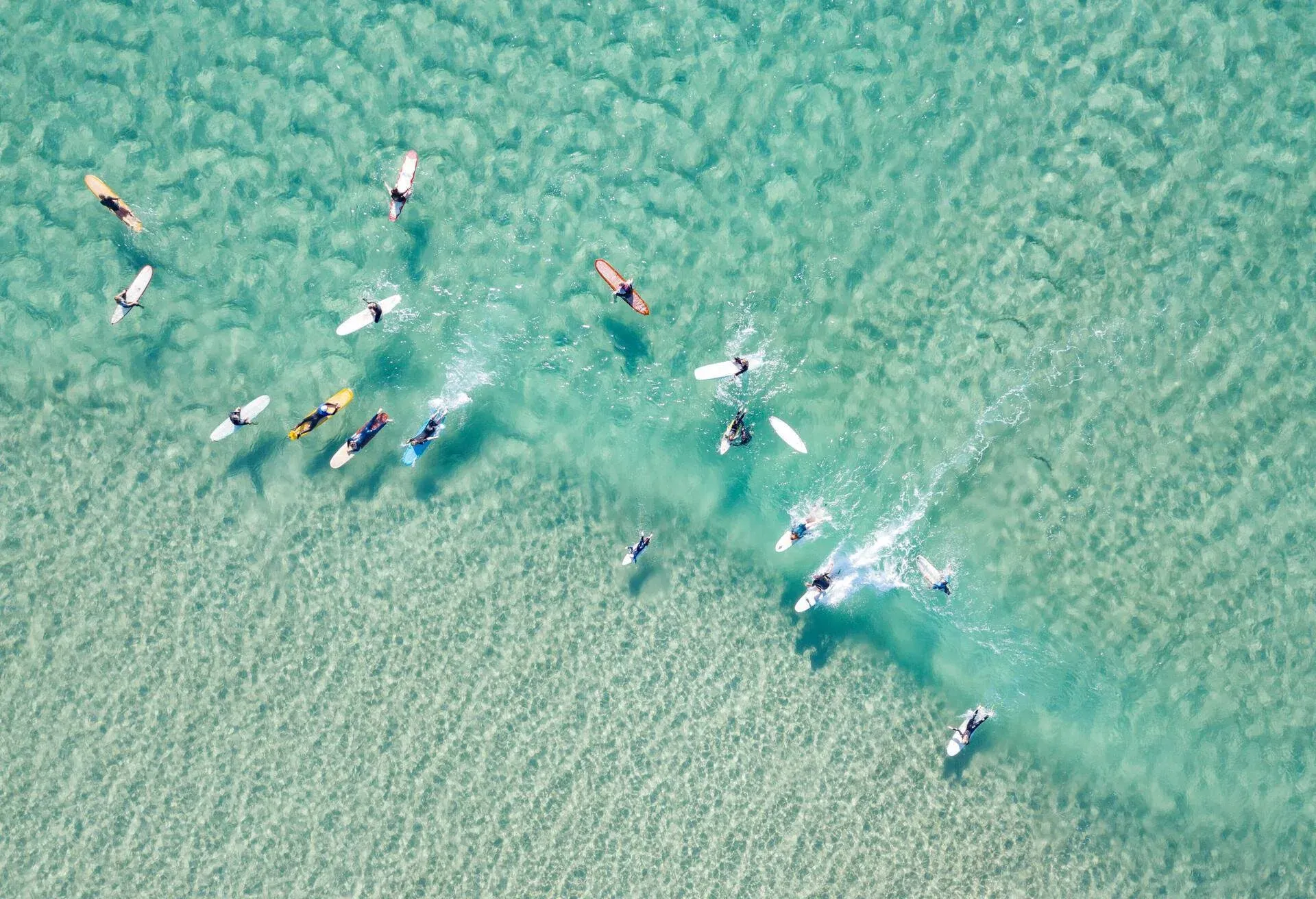
New South Wales is the most populous state in the country and home to some of the most sought-after beaches and, of course, Sydney, a surfing epicentre of the world. You’ll find Byron Bay near Sydney, home to seven surf breaks. What once stood as a sleepy little fishing village is now considered one of the best surfing spots in the world for surfers of all levels. The Pass is considered the best of the seven breaks in Byron Bay, but all of them are well worth a go. Lennox Head is south of Byron Bay and widely considered to have the best right-hand point break in the country, while a little further south, Coffs Harbour offers numerous surf breaks for those of all levels.
If you make your way to the outskirts of Sydney, you’ll find the surfing gift that is Bondi Beach, possibly the most famous surf beach in the country for visitors from abroad, though many locals love the place too. Bondi Beach surfing comes with both left- and right-breaking waves, so it won’t matter if you’re orthodox or goofy. The best thing about Bondi Beach is the popularity of the beach means plenty of surfing lessons for beginners. As a result, Bondi Beach is one of the best places to learn how to surf in Australia and the ideal base for those heading out to surf the more gnarly breaks in the country.
Great Ocean Road, Victoria
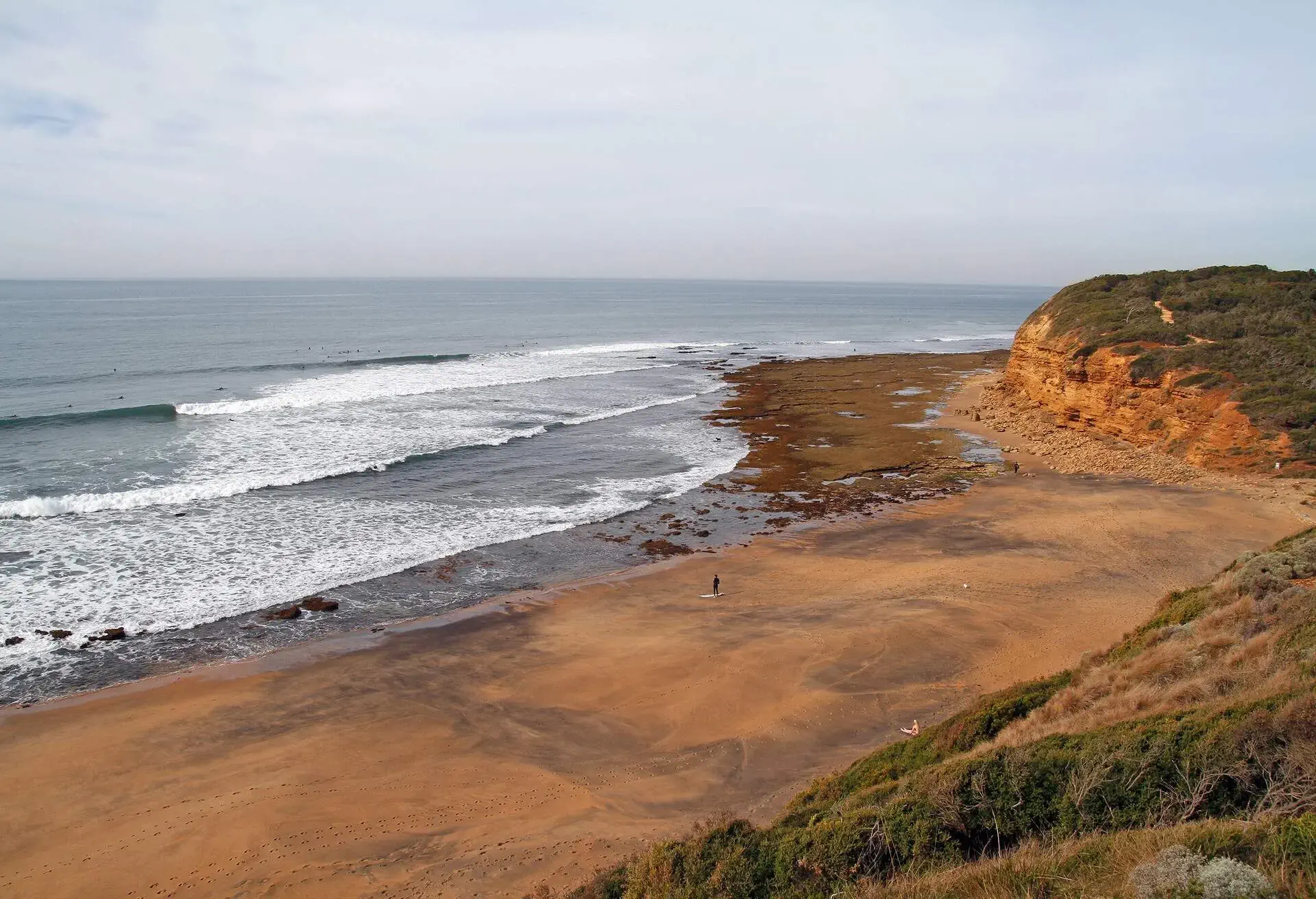
Finally, we make our way to the south coast, where you find the main surfing destination that brings in droves of surfers year-round, Great Ocean Road. This stretch of coast runs all the way from Torquay to Warrnambool and has been touted as a surfer’s paradise since the 1960s. Torquay and Bells Beach are two main surf spots along Great Ocean Road, offering a few exposed points and reefs. Beginners might want to steer clear of this coast, while experienced surfers will welcome the challenge. Another worthwhile consistent surfing destination in Victoria is Philip Island, which offers numerous top-class waves.
Western Australia
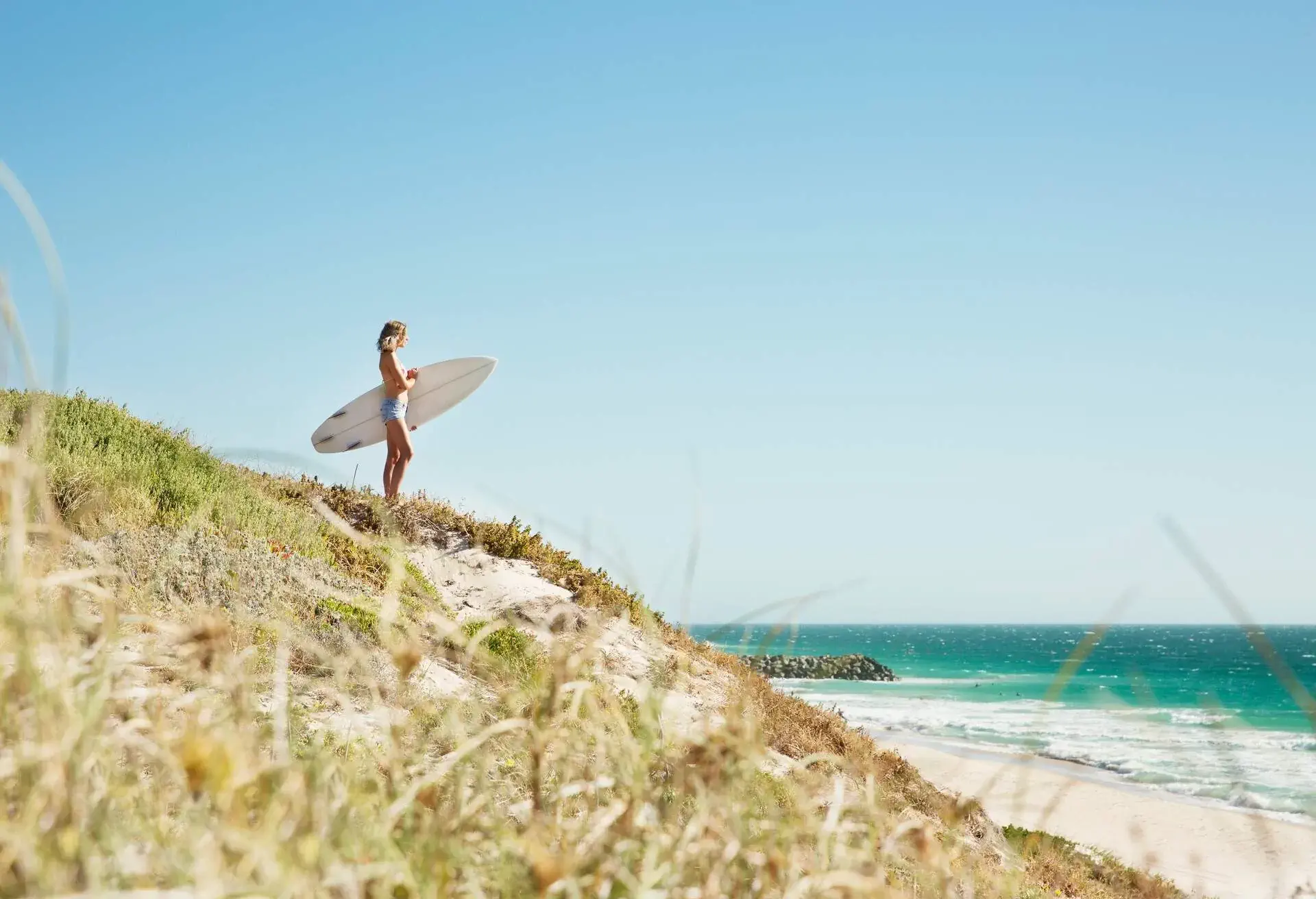
Western Australia isn’t quite as popular as New South Wales or the Queensland coastline, but there are various popular surfing spots along this coast that thousand of surfers flock to year-round. Margaret River is a top choice among locals and visitors alike and offers a variety of advanced-level spots for more experienced surfers and a few beginner surf breaks. Margaret River’s premier surfing destination is Prevelly Park. Prevelly is home to Main Break, with the gnarliest and most technical breaks coupled with many bowls, bumps and heavy barrels.

